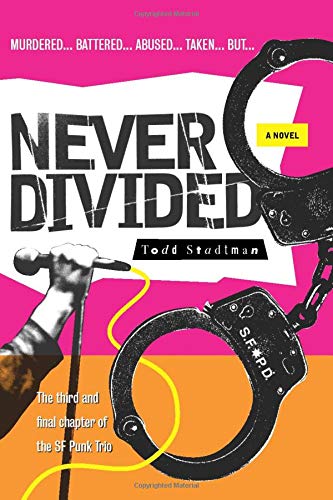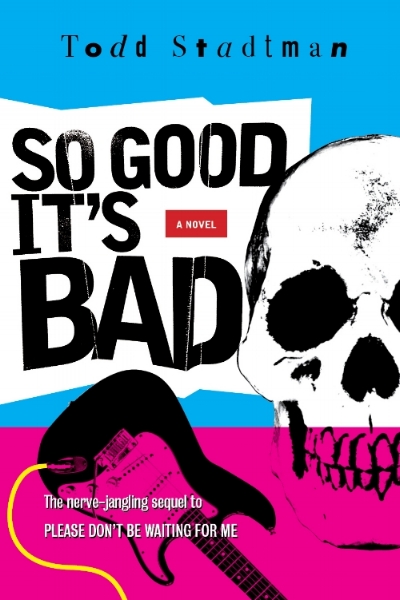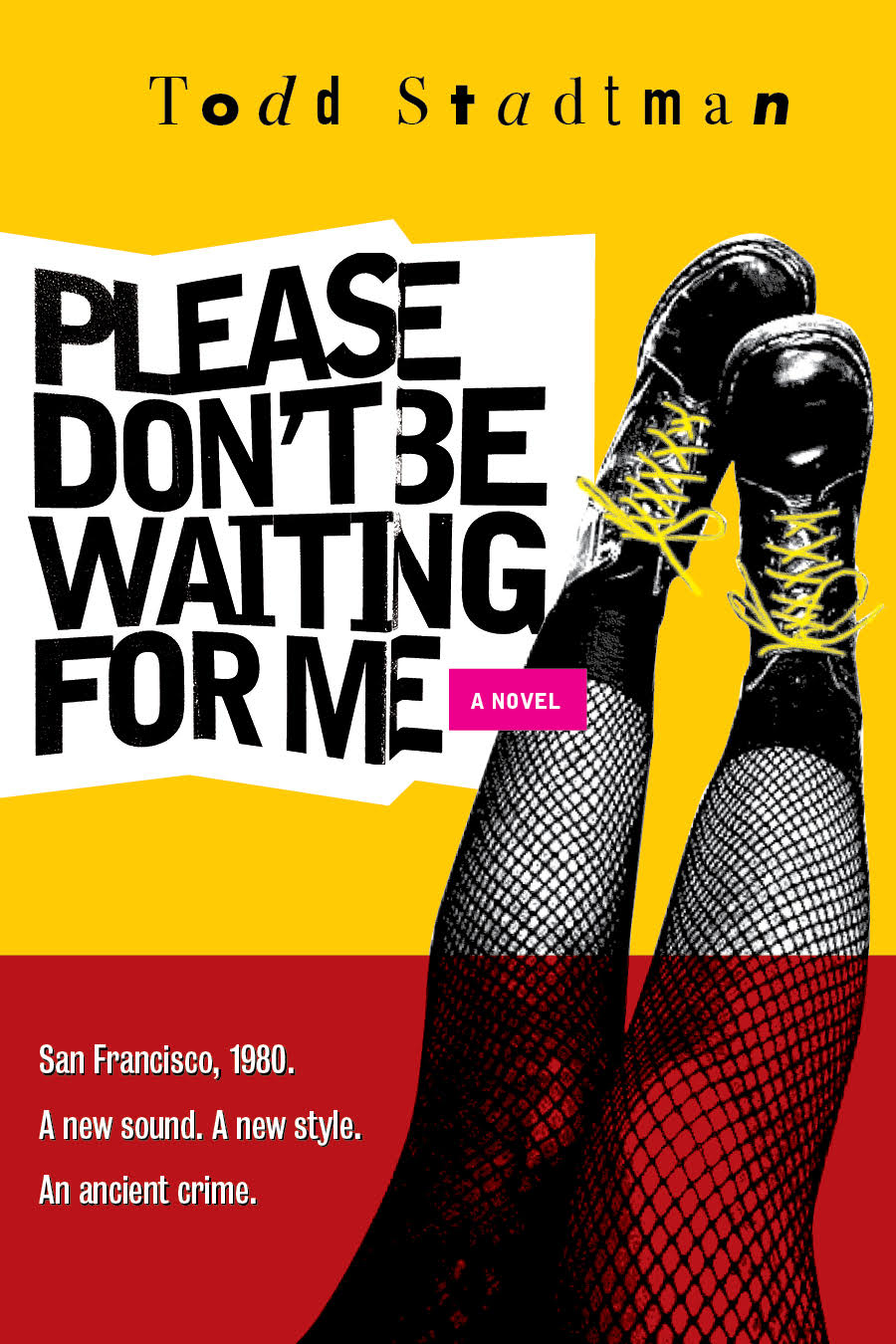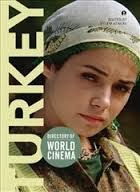I’m not alone in thinking that
Don’t Torture a Duckling is Lucio Fulci’s best film, although I may not be qualified to make that call.
You see, I’ve never been a big fan of Fulci’s movies and, as a result, have seen far from all of them. For one thing, I feel that the mean-spirited and discomfortingly personal nature of the violence in his films is rarely, if ever, supported by the special effects used to represent them. When Fulci goes in for an extreme close-up on one of his signature acts of savagery, what he’s really giving us is a too-close look at the stretching and snapping of latex and the rending and tearing of foam rubber. Although the obsession evident in those sequences is always fascinating, the net effect of them is to make the films surrounding them look a little silly.
Don’t Torture a Duckling, however, goes against the grain of what we’ve come to expect from Fulci in a couple of significant ways. It is by far the most
compassionate film of his that I’ve seen, in that Fulci lets down his clinical detachment enough to allow a strain of tragedy to infect the proceedings. At the same time, I’d say that it is also his most feminist film—which is not just my way of saying that it his least misogynist, but that he shows some actual empathy for his female character here, especially the one played (beautifully) by
Lizard in a Woman’s Skin’s Florinda Bolkan.
The story takes place in a remote seaside town on Italy’s Northern coast whose people are so provincial in their attitudes that one might think they inhabited a previous century. That is, if not for the modern highway that winds its way through the mountains nearby, which seems to be the town’s only connection to the contemporary world. At the film’s opening, a young boy surveys the empty highway from a cliff overhead and, upon seeing a lone car heading his way, run’s off, excitedly shouting “they’re coming!” to his friends nearby.
What he’s referring to, in this case, is a pair of Rubenesque prostitutes who are making a routine visit to the town. But he might as well be referring to literally
everybody, as that is who is about to descend on the town in the aftermath of it being the site of a string of shocking child murders. Among this crowd is Euro-sploitation stalwart Thomas Millian, who this time, rather than playing a somewhat grubby looking villain, is playing our somewhat grubby looking audience surrogate.
Millian is Andrea Martelli, a big city newspaper reporter who is in town to get to the bottom of the murders. In the process, he alternately clashes and cooperates with the town’s police commissioner (Virgilio Gazzolo) and, once the State Police arrive to aid in/take over the investigation, Ugo D’alessio’s Patton-esque Captain Modesti. Needless to say, the townspeople, being a gossipy and untrusting lot, are able to point the authorities toward no small number of suspect outsiders as potential culprits. Giuseppe, the town pervert, is quickly cleared, leaving two local women at the top of the list.

The first of these is Patrizia (Barbara Bouchet); a young woman taking temporary residence in her wealthy father’s abandoned home--a starkly modernist structure lording over the town from an insolent remove on a nearby hilltop. In her personal style, Patrizia seems to be trying to bring her own little corner of Carnaby Street to the town, and the residents reward her with no small amount of resentment and disdain for it. One of them seems to imply that she has brought bad luck to the town, and that “funny things” have been happening since her arrival. The townspeople also seem to judge her for being sexually promiscuous. I cannot argue with that assessment, as, when we met her, she is flaunting her naked body in front of a ten year old boy.


That ten year old boy, Michelle, eventually becomes one of the murder victims, along with two of his friends. Fulci, perhaps satisfied with breaking the taboo of depicting child murder, does not focus on the brutality of the killings—the kids are beaten, strangled, and drowned—but instead ramps up the tension in the stalking scenes. As he's pursued by an unseen assailant through a pitch black forest, the young actor playing Michelle does a superb job of portraying raw panic and sheer, pants-soiling terror. Finally, he takes shelter under a crucifix. Unfortunately, Fulci’s hatred of the church is still in effect here, and he is killed anyway. This murder leads Martelli to the town’s young priest, Don Alberto Avallone (played by the ethereally pretty Marc Porel), who ends up assisting him in his investigation.

The second woman of interest in the investigation is Maciara (Bolkan), a disturbed woman who lives in the mountains on the outskirts of town after being banished for practicing magic. In a flashback, we see her come upon Michelle and three of his friends digging in a place where she has buried the body of her stillborn illegitimate child. In a rage, she puts a curse on them and, upon returning to her stone hut, fashions a wax doll of each boy that she sticks pins into. After each boy’s murder, we see her carefully bury the corresponding doll.


When Maciara is arrested, after being hunted down like an animal by the police and suffering an epileptic seizure, she confesses to the murders, believing it is her magic that has killed the boys. The authorities, knowing better, set her free. Unfortunately, the only thing the townspeople know is that she has been arrested for the killings. And so, shortly after her release, she is cornered by a trio of male vigilantes and beaten to death with clubs and chains.
To me, this last described scene is the centerpiece of
Don’t Torture a Duckling for a couple of reasons. If you are someone who comes to Fulci’s movies for the gore, this is the scene you are looking for. But, rather than prurience, what Fulci goes for here is pathos, making it, as a result, agonizing and nearly unbearable to watch. Interestingly, he chooses to score the beginning of the assault to the kind of hard rocking musical track you’d expect in an Argento movie, but, when Maciara starts to go through her death throes, switches abruptly to a mournful ballad (“Quei Giorni Insieme a Te”, or “Those Days Together With You” by Ornella Vanoni). Maciara's death is clearly a martyrdom, both operatic and traumatizing. Once her murderers have left, she uses her last bit of strength to crawl her way to the edge of the highway, where her last breath is witnessed by a family of tourists who speed by without stopping.


This scene, as well as one in which a brutal fight is witnessed through the eyes of a terrified little girl, seems to underscore one of Fulci’s main themes here—that of innocence ruined, not by evil, but by those who see themselves as being in opposition to it. The director also seems set on portraying an old world being rapidly overtaken by a modernity as indifferent to its beliefs and desires as those tourists were to Maciara’s suffering—and the reciprocal hatred and mistrust that breeds (wow, this all seems so familiar somehow…)
While
Don’t Torture a Duckling is rich with symbolism, Fulci doesn’t get so caught up in it that he doesn't present a well structured and compelling mystery with a satisfying ending, which he does in spades. Of course, he is aided in this by a terrific cast. In addition to the stellar Florinda Bolkan, there is Irene Papas, who portrays padre avallone’s mother, a woman entrusted with the care of a mentally disabled little girl who holds a key to the murders in the form of a headless Donald Duck doll (hence the title?) Barbara Bouchet, a somewhat cryptic actress, is perfect as Patrizia, a very cryptic character who provides Millian with both a vague love interest and someone to trade expository dialog with. And Millian? Well, as I said, he’s a stalwart, bringing just the right amount of grizzled world weariness to his portrayal of our chain-smoking protagonist.
I think it’s a testament to
Don’t Torture a Duckling’s quality that it has inspired me to re-examine the rest of Fulci’s filmography. Where watching a film like
The Beyond or
New York Ripper is tantamount to staring into a frigid abyss,
Duckling is a film that wears its warm, beating and very human heart on its sleeve for all to see. (It was also, tellingly, Fulci’s favorite of all his films.) I’d go beyond that to say that it is not only Fulci’s best film, but also a very good film in its own right, as well as a great film within the giallo genre. Check it out.


































































































